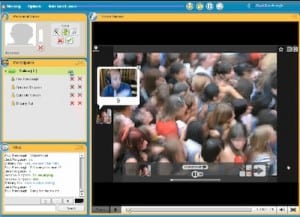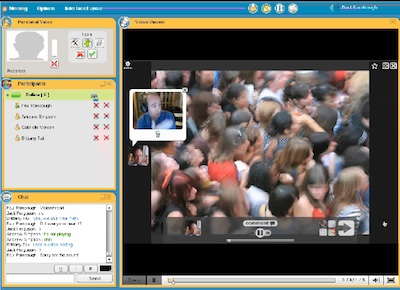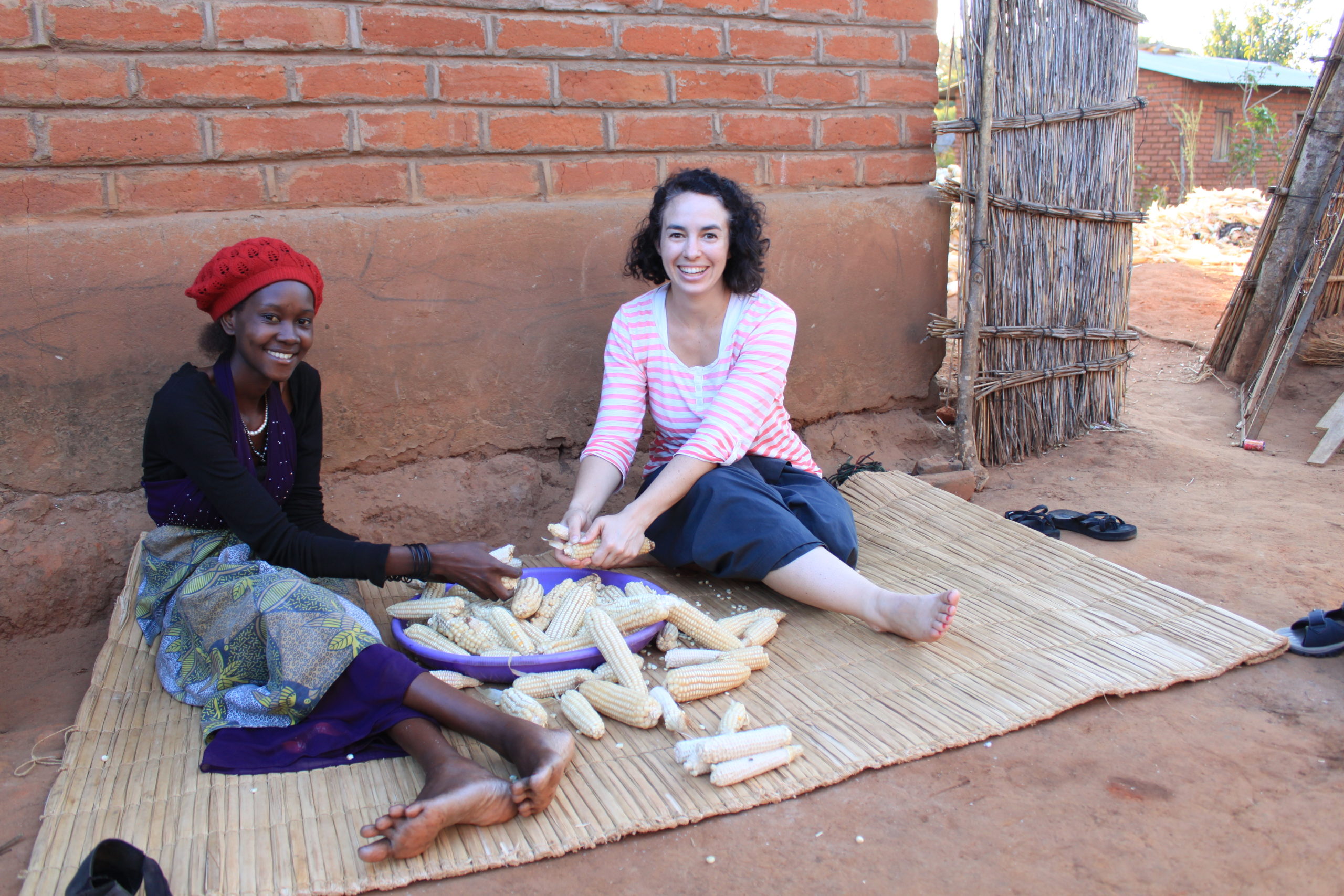The year has just started, so realistically all I ever expected to report on were first impressions anyway, of what it means to teach online at the secondary level, of how this great adventure begins. Conclusions? Well, they will have to wait until later, to be able to say, yes, you can teach the Quebec program the way it was meant to be taught, yes students can learn constructively, yes synchronous really means real-time. For now it is not about projecting into the future, but staying grounded in the present. It is all new, all the time. That’s what I tell the students. And that that will be our force.
Zenlive is our platform, an interactive space where students can see and hear me and where they can interact with each other, just like in a real classroom. Re-read those words, a real classroom. Real walls? Real windows? Real live students? If I think too much about it I find myself doubting what is real at all. Zenlive is an experience, for me and for them, where nothing is like it was before, everything is new and each step is conscious and fresh at the same time.
“Are we going to get to see our teacher?” If they had been spoken aloud the words might have echoed off the pale walls of a freshly painted classroom, that new September smell. But these words were texted to us in a small space at the bottom of the interface, hardly noticeable except to the experienced online teachers present. It was both an awkward reminder that I would have to rely on the technology’s limits to communicate, but also that their questions might now come to me in a form that they have mastered and that I have not: the text message! My response to this question in my first few days was to test their web cameras at every chance I got, to have them respond to questions as if we were all together, to see and hear them like before. Their response was more often than not a LOL or 🙂 or sometimes a :-/ or a :u or even a 😐 if they just didn’t get it. I was in another world, their world. And indeed, I was the beginner too.
This will be our force, I had said. And so the next few days were spent trying out features like the breakout rooms in Zenlive. I drag their avatar into a room and they work on a whiteboard, chat and even talk (though they didn’t talk much) with another two classmates. It worked, sort of. They were able to construct for themselves a sense to the question asked of them, so when I brought them all back together they might share what they had learned. “Who was in the breakout room number two?” I said. But no one knew. I hadn’t thought to write down who was where. Simply relying on the technology to do everything for me just wasn’t going to do it. My first mistake in online classroom management was to forget to manage online.
Only a few more notes before I end, because frankly today I need all morning to plan the next classes! First off, technology means it will eventually break, so you always need a backup plan, several if possible. Technology also means you have to talk slowly, because your tech is not always their tech, and you can’t rely on kilobits and cpu cycles to always be the same for everyone. The upside here is that the information must be clear and concise, and you must repeat things a lot! And finally, technology still does mean a world of teaching with almost no limits, however that implies setting limits, making goals, and restricting your line of thinking so that we are all on the same page. For example, introduce new tools one at a time and include exploration time for students (and the teacher!), time to make mistakes.
And so, this week’s plans? It’s History Sec. 4, so of course we will…Respond to a problem, in the context of a situation. We will formulate questions, search and organize information using a prescribed method. We will rigorously reason and interpret the facts, then form an opinion. And after all is said and done, we will present our findings using… Voicethread! a “collaborative, multimedia slide show that holds images, documents, and videos and allows people to leave comments using voice, text, audio file, or video.” Well, >:o and >:O and :-O and °o° and °O°! And :-S because that’s a whole lot of things that are about to break. And finally 😎 because now all eyes are wide and open, including mine.
[Are you teaching and/or learning online? What do you think?]






I remember teaching this course online. We used a combination of Dimdim and Skype. It certainly is a challenge and your material was VERY helpful. Most people don’t realise that teaching online requires far more preparation than a regular face-to-face classroom .In particular it is more difficult to know which students are understanding and which need more assistance. So much of our communication is through body language – for both teacher and student – and teaching/learning online means learning a whole new way of communication.
On the other hand – what a fantastic start to life! Our students who began this type of program three years ago are now in college and doing so well. They were stretched a lot at the beginning, but it has paid off and they know it!
We don’t have any secondary 3/4 history students at SHCA this year, but I’m sure you’ll do a super job with the students who are enrolled in your class.
Good luck!
I agree with you Sinead, the prep is HUGE when you teach online. Paul, it’s so interesting to read your impressions. Reality – are the kids really here in class? Should I think of a breakout room as a separate room? And today, Zen was acting up so that when one student sent me a private message, it appeared to come from another girl altogether! I just couldn’t get my head around that. It was unreal! I’m so glad you have joined the team – you are just the right mix of teacher, techie-person, and excellent communicator!